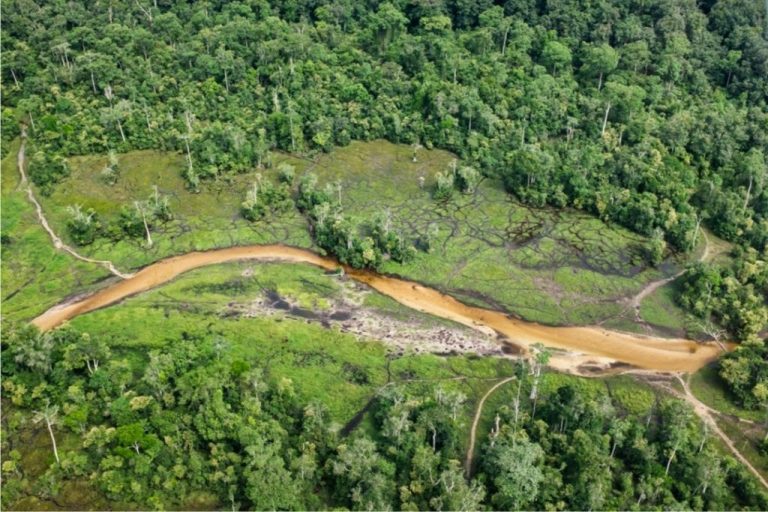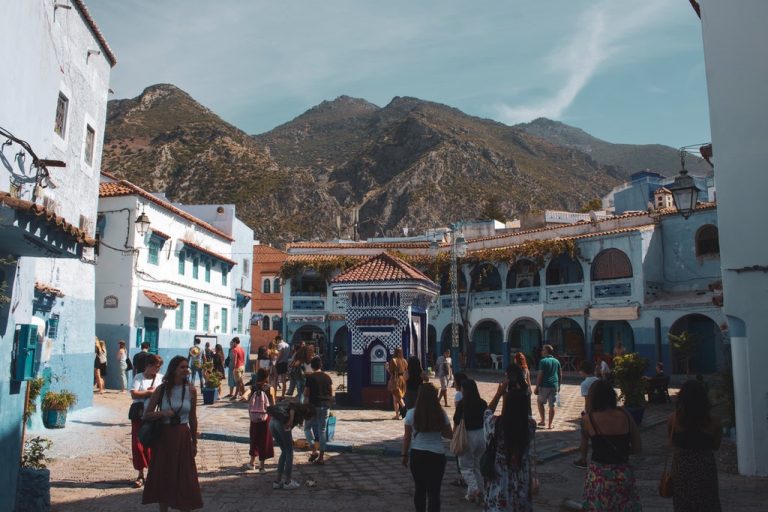Botswana is a Southern African country renowned for its fantastic wilderness at its national parks and reserves.
Before the country gained independence in 1966, it was known as Bechuanaland when it was a British protectorate. It used to be one of the poorest countries in the world.
The country has a unique combination of desert and delta that makes visiting every national park unique.
It houses the most significant number of African elephants.
The country is also blessed with substantial diamond deposits that have helped increase the country’s per capita.
Botswana is one of the safest African countries where every traveler can enjoy exploring the country without being scared.
You might face petty crimes such as pickpocketing and bag snatching, so be careful while roaming around major tourist areas such as Francistown.
However, the gateway to the Okavango Delta, Maun, doesn’t have high levels of crime.
Geography
Botswana is a landlocked nation located in the center of Southern Africa.
Namibia borders Botswana to the west and north, whereas Zimbabwe and Zambia connect the country to the northeast and South Africa bounds it to the south and southeast.
River courses mark the country’s southern and eastern borders. Its vicinity extends from the Chobe River in the north to the Molopo River in the south.
Its highest elevation point is at 4,888 feet in the Lobatse hills whereas, the lowest point is at 2,170 feet in the Limpopo Valley.
Its three major environmental regions are the hardveld region, sandveld region, and ancient lakes beds of the northern sandveld.
The amount of rainfall determines the soil’s fertility. The eastern hard veld region has moderately dry red mokata soils on the plains and sandy chawana soils with rocky solely soils around the hills.
The wetlands of Botswana have alluvial soils.
Climate
There are two types of climates in Botswana: winter and summer.
The winter season has dry temperatures, whereas summer has humid subtropical weather as well as dry periods of hot weather.
The summer season lasts from October to March and has temperatures of about 34 degrees Celsius in the north and southwest regions. These are also the warmest regions of Botswana.
Winter begins in April and lasts till September. The temperatures are freezing cold in high-altitude areas even during the day.
Indian Ocean’s winds bring an annual rainfall during the summer months between December and March.
Nature and Wildlife
Botswana is famous for its fantastic landscape scenery and abundant wildlife.
The country has mostly savanna grasslands. These savannas turn from acacia shrub savanna to the acacia thornbush and tree savanna with woodlands as it moves from the southwest to north and east.
Croton and Combretum tree savanna are prevalent on the eastern hard veld, whereas Acacia tree savanna and Mopane woodland are found as you go northwards.
In terms of wild animals, there are about 150 mammal species in Botswana. In addition, it has over 30 species of large mammals and houses 30 bat species, 27 rodents, and 460 bird species.
Go to the Central Kalahari Game Reserve to check out lions, elephants, ostriches, black-backed jackals, springboks, and zebras.
The other best places to get in touch with nature in Botswana are the Chobe National Park, the Kgalagadi Transfrontier Park, and the Makgadikgadi Pans Game Reserve.
People
Tswana group is the largest ethnic group in Botswana. Other ethnic groups prevalent in the country are the Kalanga, Ndebele, Herero, San, and Afrikaner.
The majority of the people speak Tswana, even though English is the official language.






